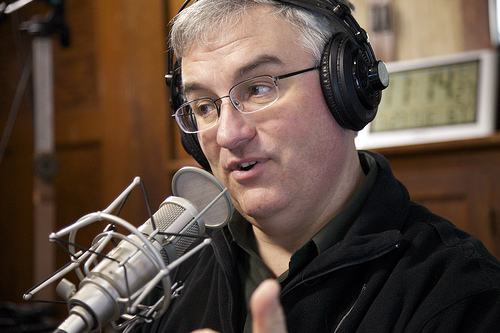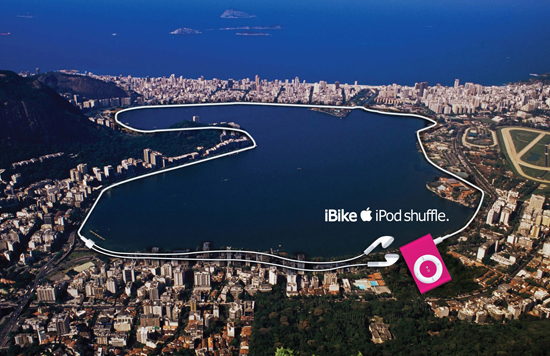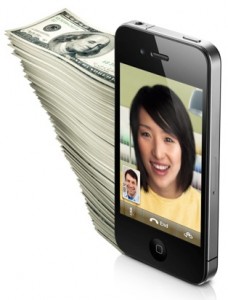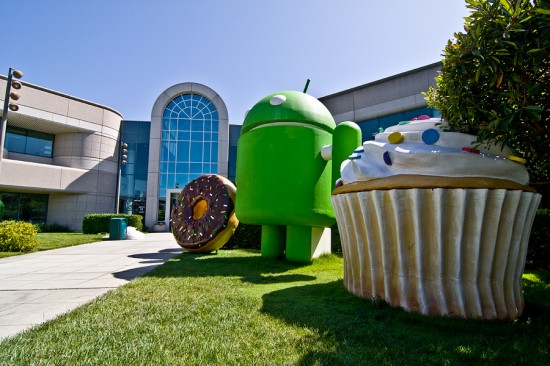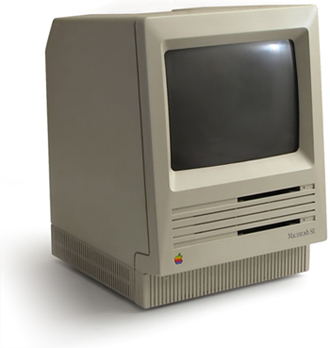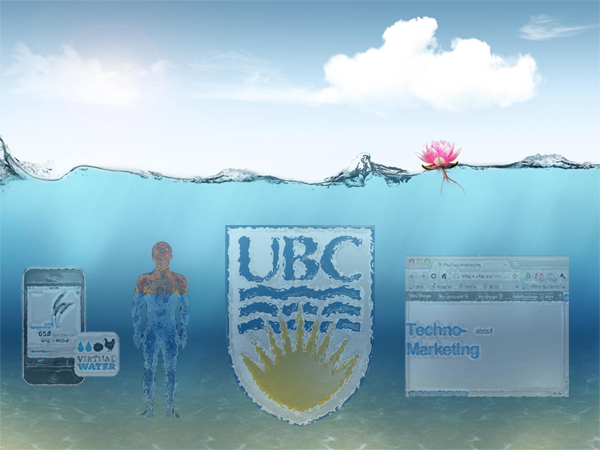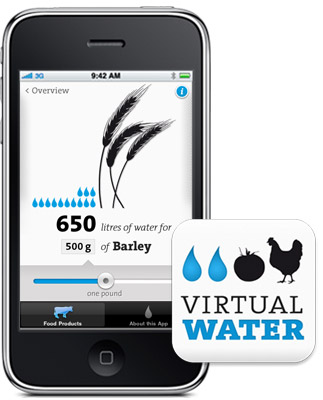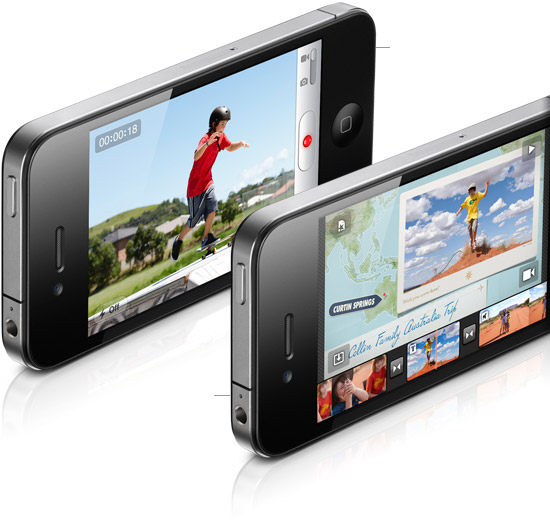
Customers buy products in order to gain benefits.
This isn’t a very new concept, but I think it is something that marketers miss a lot of the time when they are deciding how to promote their new products. We are now in the value-based era of marketing, and what better way is there to communicate your product’s value than actually demonstrating it?
Many technology companies use marketing that is highly conceptual, and try to associate their products with feelings or popular culture, but sometimes this isn’t the most effective way to drive initial sales and buzz. This is not to say that this method doesn’t work — quite the contrary. Attitudes are an important focus of marketing. However, for technology products such as smartphones, sometimes the best way to promote your product is to show it doing what it does best! If viewers are able to see all of the amazing things it does, and how those features can create additional value in their lives, they might be more likely to want to try it out, and consider purchasing it.
Microsoft didn’t understand this, and paid Jerry Seinfeld $10 million to appear in this largely unsuccessful ad. The ad is amusing, but it never gives the viewer any idea of why Windows is a good product (aside from that maybe they should associate it with cheap shoes), and actually never even lets the viwer know that they are watching an ad for Windows until the logo flashes briefly at the end:

Unlike many other markets, such as those for foods and clothing, the vast majority of consumers might not immediately understand the benefits of certain technologies. They know they need to eat, and they know they need clothing, but they might not know why they need to spend $200 on a new iPhone 4 when their old phone can already make calls perfectly well. Therefore, the best way to get customers interested is to just show them what they can do with it, and how it could add value in their everyday lives.
Once the customer is hooked, and becomes open to the idea of making a purchase, this is when the company can begin to build affection, and Apple does an excellent job of this in its ads:

Consumers might not know that the new high resolution screen provides 326 pixels per inch (high enough that individual pixels cannot be seen by a human eye) or that the miniaturization of the processor and logic board allowed Apple to fit a 20% larger battery into an even slimmer device, but after watching these ads they know that the phone looks amazing, and allows them to share amazingly detailed pictures of their loved ones. In each commercial, Apple picks a few key features that can create the most value for their customers, and then they just show how intuitively and easily they work. In a field of complicated and (potentially) confusing products, this is instantly appealing, and is an excellent example of how to market smartphones to the masses.



